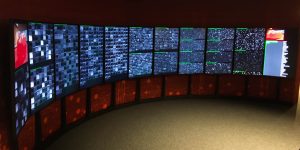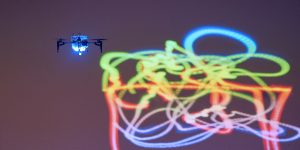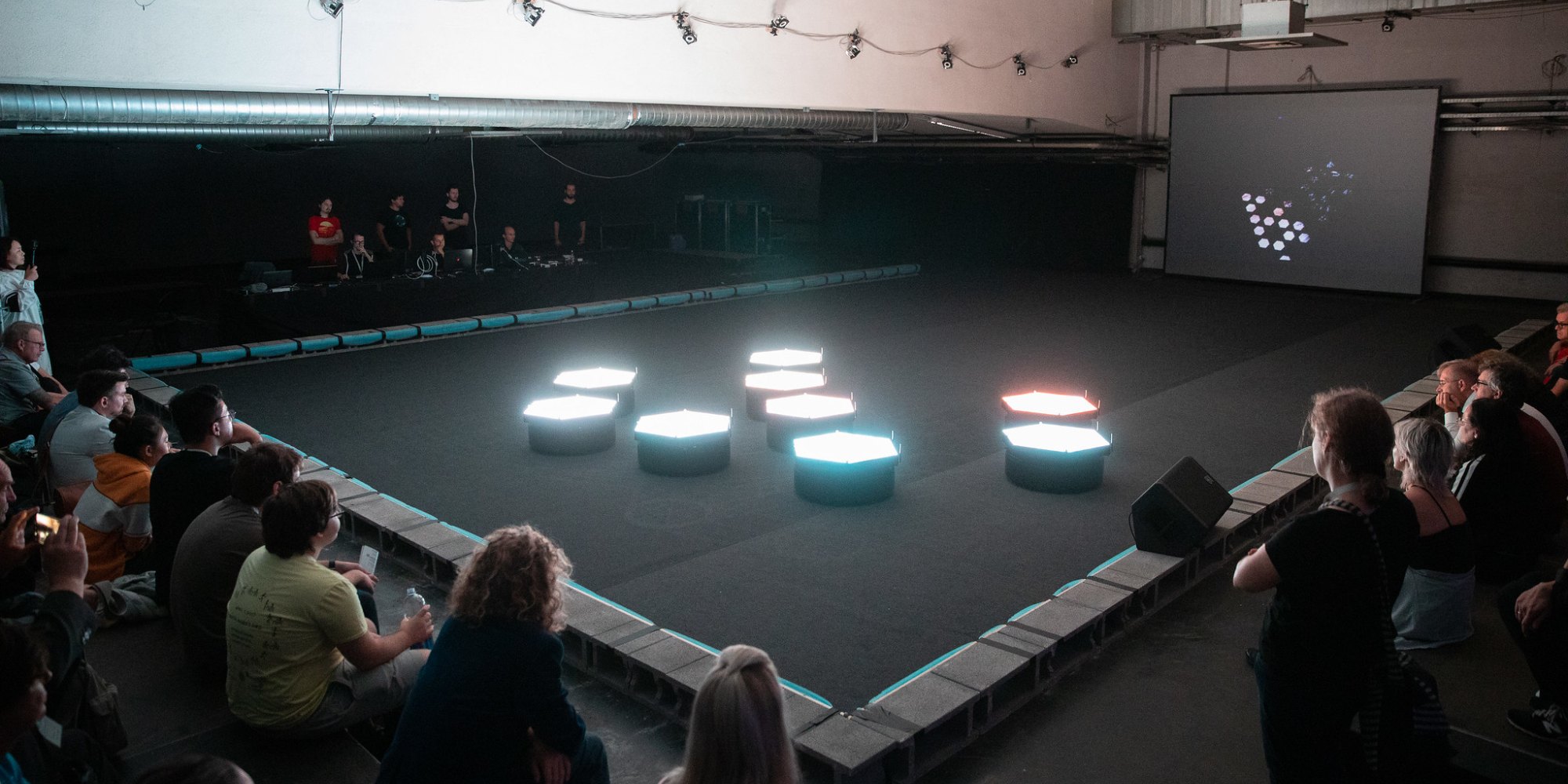Samuel Eckl
-

missimo
Mobile STEAM Learning for Kids
missimo is a project for children aged eight to ten that offers many experiments on topics such as AI, robotics, and programming. The special appeal: missimo visits primary schools in Austria’s rural areas by truck.
-

AT&S Erlebniswelt
Connect via Interactive Nervous System
Based in Austria, AT&S is a leading supplier of high-end printed circuit boards and substrates for the semiconductor industry. The company invited the Ars Electronica Futurelab to contribute to the design of the new headquarters – including the installation of an interactive “Nervous System”.
-

Mission KI
Hands-On Exhibits on Artificial Intelligence
In collaboration with the Ars Electronica Futurelab, the Deutsches Museum in Bonn has reinvented itself to become a central platform for the future topic of artificial intelligence: in two themed experience rooms, visitors to the Mission KI (Mission AI) exhibition can now explore the key technology of the 21st century.
-

Stream of Hope
Large-Scale Fluxel Performance in Japan
Ars Electronica Futurelab’s Fluxels, a scalable swarm of ground robots equipped with hexagonal LED displays, brought about a new language of visual expression. Stream of Hope in Osaka and Yokohama showcased their versatility at large-scale events.
-

Space Ink
Three-Dimensional Drawings With Drones
What if we can draw in any space with a pen? This question is at the heart of Space Ink, where tablets and drones are brought together to create large-scale works in three-dimensional space using light and color.
-

Bio Ink
Can Ink Be Alive?
In Bio Ink, the Futurelab brought together biotechnology and digital pen tablet technology to create living ink that grows freely beyond human input. With this research, the team explored co-creation with other organisms and nature.
-

Future Ink
In Creativity, Where Is My Soul?
The Future Ink Project is a research project to explore the future of creativity from all aspects of ink. Various prototypes were developed in the course of Future Ink, from using tablets and drones to paint to visualizing brainwaves and body signals as immersive three-dimensional ink.
-

CoBot Studio
As humans and robots work together ever more closely, their joint success is linked to certain preconditions: How do you create safe working environments? How can we increase the acceptance of robots in everyday work? And how do you communicate with a colleague who consists only of a gripper arm?
-

Swarm Arena @Miraikan
In the beginning, there was a shared research interest: How can swarm-based technology be embedded in everyday media use and what new possibilities of communication or artistic expression does it offer as a visual medium? The Japanese telecommunications company NTT and the Ars Electronica Futurelab have been investigating these questions since 2017 and have repeatedly…
-

swarmOS
swarmOS is a powerful operating system to control large-scale swarms of UAVs (flying drones) as well as UGVs (drones that drive on the ground), invented and constantly expanded by the Ars Electronica Futurelab.
-

Swarm Arena
Swarm Arena is the latest outcome of joint research efforts by the Ars Electronica Futurelab and Japanese telecommunications giant NTT. The collaboration started in 2017 with the aim to work on using unmanned aerial or ground vehicles (UAVs and UGVs) as a means of communication.
